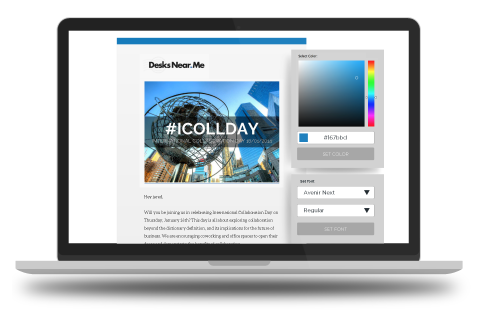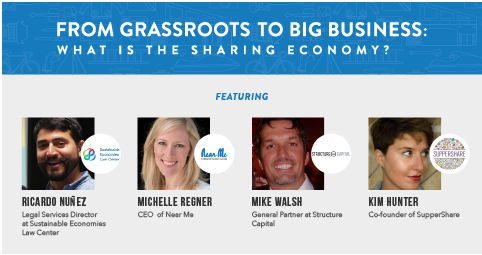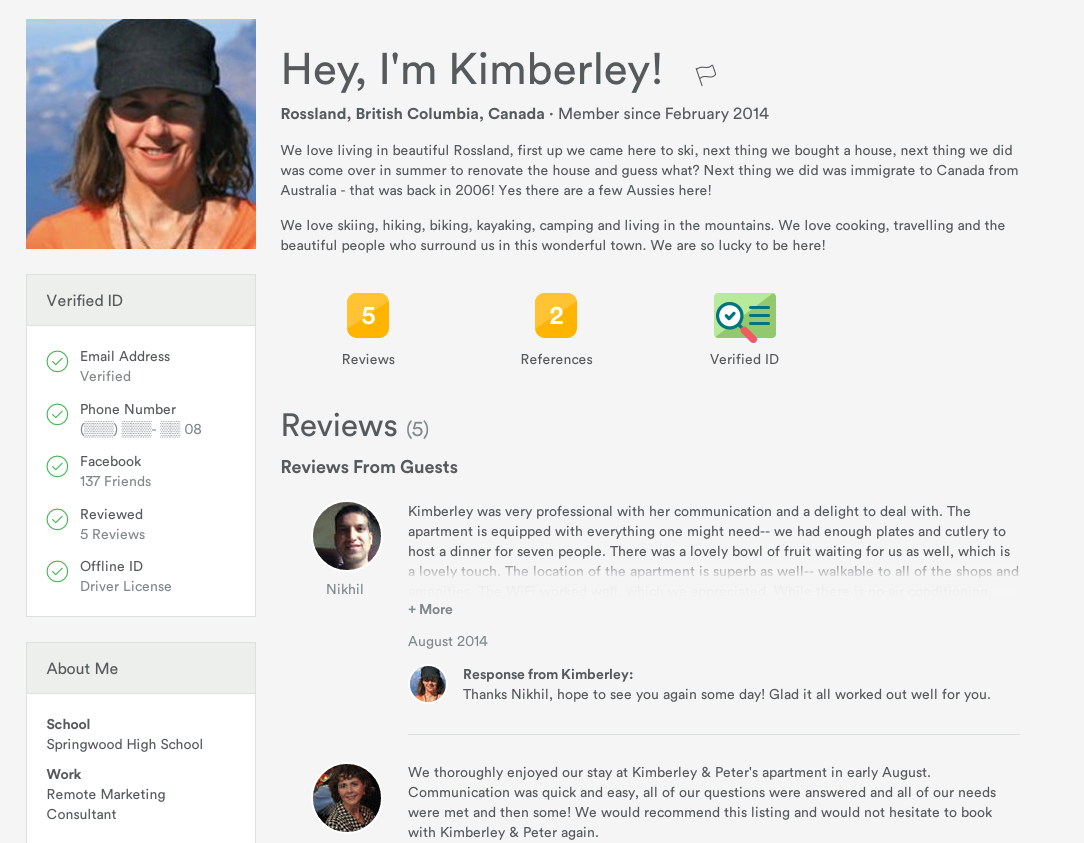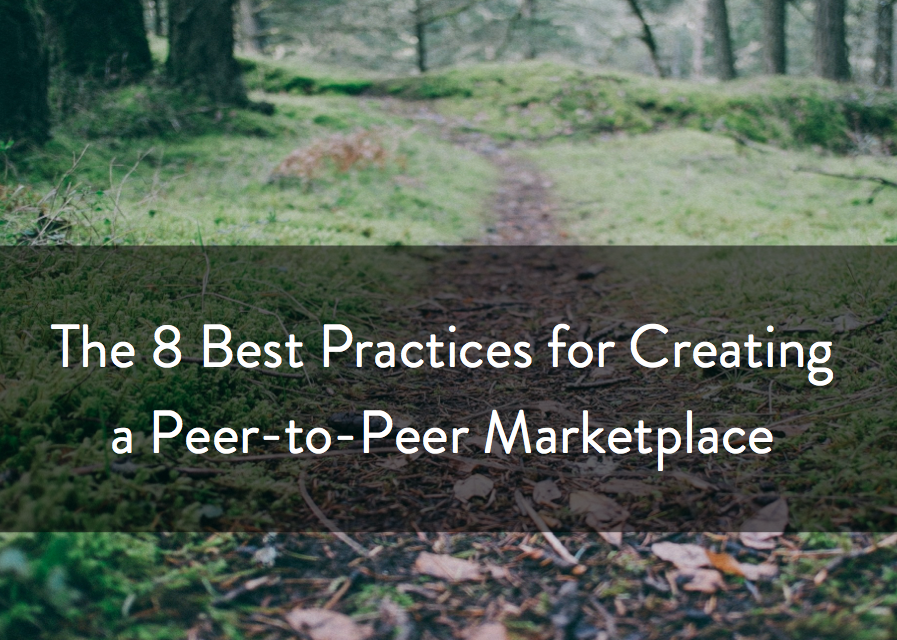At Near Me, we've learned that peer-to-peer marketplaces can be a great way for nonprofits, businesses, and communities to support their members in a fun and mutually beneficial way, if done right.
Near Me enables anyone to create their own branded peer-to-peer marketplace for goods and services using our customizable platform. While our platform removes a big technology hurdle, it still takes a lot of skill to build a two-sided marketplace. With this in mind, we recently published a white paper "The 8 Best Practices for Creating a Peer-to-Peer Marketplace" to help our clients do it right.
Here are the top tips from our white paper.
1. Narrow the focus
Narrow the focus of your business so that your marketplace appeals to a specific group of people. You can narrow the focus by choosing targeted vertical, niche community, or a single geography to start. If your focus is too broad or you’re attempting to hit many markets at once, you will likely suffer from a lack of suppliers and fail to create the community that is vital to creating a thriving marketplace.
For example, if you try to create a stuff sharing marketplace for the U.S., you will probably have a hard time getting a good supply of stuff in any particular location. A better play would be to start with a specific geography and a specific type of item, like bicycles, sporting goods gear, or cameras. The more expensive and unique the item, the more compelling sharing that specific item will likely be.
2. Build up the supply

After narrowing the focus of your marketplace, the next thing you need to do is build up supply in your marketplace. In other words, you need to acquire the inventory that people can buy, sell, rent, swap, or gift in your marketplace. When you have a strong supply, matches can be made between supply and demand. People will be motivated to interact. A good way to build up the supply is to leverage your expertise and connections. It helps if you're creating a marketplace for something you're truly passionate about.
For instance, if you're an recreational vehicle (RV) expert in Austin, Texas with several recreational vehicle shops and tons of connections, leaping into the business of RV rentals won't be that big of a jump – you already have access to suppliers. It's just a matter of connecting the people who own RVs to those who want to rent them. Heck, you can even rent the RVs on your lot while they are not being used, which might even prompt some sales.
3. Create a community

Communities can be built from the ground up, but starting from scratch is by far the most difficult way to create a marketplace, which is why we suggest being a domain expert, partnering with a domain expert or starting a marketplace within a community of practice thereby building your own micro-entrepreneurship network.
Using the RV example, if you've been in the RV business for years, you know other people in the business and not only have access to the supply and customers, but you also know other people who sell RVs and might want to start their own marketplace, which could operate as a micro-marketplace franchisee within your RV rental marketplace.
4. Produce compelling content
These days, content is one cornerstone of a great brand. This is where you tell the story of who you are, what your marketplace is about, share tips, best practices, and other useful information to keep your customers, suppliers, and visitors coming back for more. You can do this by creating a blog, regularly producing high quality content, and getting peers involved in the content creation process.
5. Acquire new users creatively
Since acquiring new users is often expensive – the best way to find new users is to get creative with social media and PR, attending, participating and volunteering in events, as well as incentivizing good behavior and referrals from existing users.
Tell the press how you do things differently and give them a story that's so juicy they have to tell it. In other words, to get others interested you have to be interesting. Also, Near Me attends a lot of events and we host our own too, which helps the industry and us to find potential clients.
6. Create trust & reputation loops

One of the most powerful features in a peer-to-peer marketplace is the ability to create reputation through reviews. This helps people using your marketplace understand the experiences others have had with a seller before going through with a transaction.
For example, Airbnb sends out review requests as soon as a stay is complete to both the host and the guest. They also make extensive use of the the profiles, which gives users an idea of what the person looks like, says about themselves, and how their online reputation speaks for them.
7. Make transacting convenient

The less friction there is in a transaction, the better your marketplace will perform. Keep the number of clicks between a user, signup, and transaction down to as few as possible. Every part of the user experience must be high quality, tested, reviewed and measured for benchmarking and further improvement. This includes offline transactions that occur if your marketplace requires logistical support or contact online.
Sometimes marketplaces work better as a subscription service, which eliminates the need for customers to do a transactions every time there is a need.
Also, mobile traffic represents around 20% of all web traffic globally and growing fast. Make sure your marketplace works well on all mobile devices.
8. Add value beyond the transaction
Your marketplace needs to have a stickiness to it that makes people want to complete their transactions through your platform vs. outside of it. When you’re taking a percentage of the transaction as part of your business model, you have to provide value above and beyond creating matches and offering a payment mechanism. A few ways to provide value beyond the transaction include: offering insurance, providing excellent customer service, creating a community, and offering a unique product or service.
Download the the full 36 page guide: The 8 Best Practices for Creating a Peer-to-Peer Marketplace.
##
Disclosure: Near Me is a sponsor of Shareable. Please read our sponsorship policy here.









